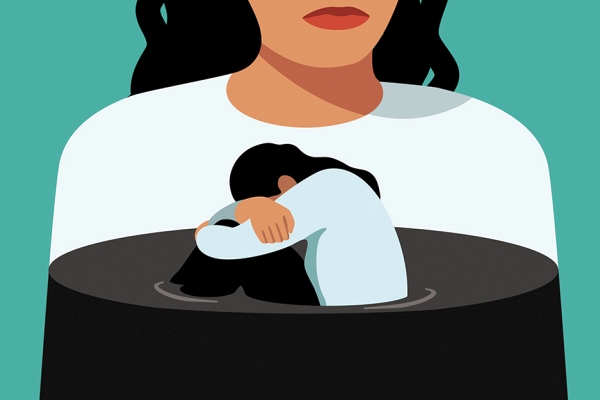Suicide amongst women in some of the poorest parts of Dublin is reportedly matching male numbers for the first time.
A HSE memo seen by The Irish Times shows half of the suspected deaths by suicide in the Dublin South Central area last year were women.
Psychiatric teams say no other areas are reporting the same levels. In total, 37 people are believed to have taken their own lives in Clondalkin, Tallaght and Ballyfermot last year.
The figures show that mothers in their 20s and 30s, with small children, represented half of the suicides in these areas.
This is unusual in terms of national trends which tend to show much higher rates of suicide rates among men.
Brid Smith TD for Dublin South Central has said that figures for suicide rates among young mothers in Ballyfermot, Clondalkin and Tallaght are ‘the bitter fruits of successive Government’s policies.’
“Lone parents have been consistently targeted for cuts in payments and benefits over the years of austerity and vulnerable groups like these have never been a priority for Governments. During the crash, supports that affected them and their children were seen as “the low hanging fruit” to be cut. Now during the recovery, critical services are still underfunded and under-resourced.”
“The shocking truth is that mental health services have been continuously under threat. For example, the number of beds in the Camhs (Child and Adolescent Mental Health services) in Cherry Orchard was cut in half last summer.
Meanwhile, many families in the areas are facing eviction or living in unsuitable, often overcrowded accommodation. The level of mental distress this is causing is enormous and young mothers are at the sharp end of that distress.”
“If the Government want to address this then they need to fund initiatives that could provide round the clock local mental health services, viable shelter and refuge for victims of domestic abuse, sufficient drug and addiction services and treatment at a local level and removal of the fear of homelessness and insecure accommodation.”







